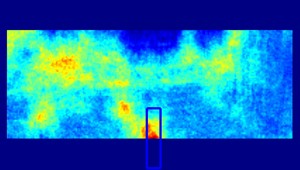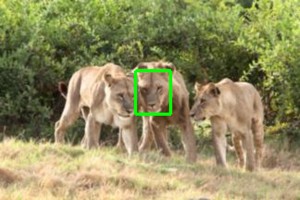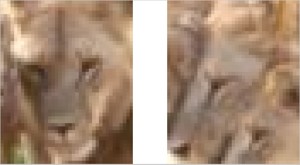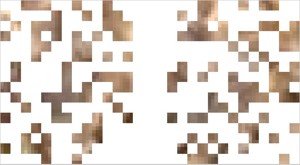Tali Dekel, Shaul Oron, Michael Rubinstein, Shai Avidan, William T. Freeman
CVPR'15

| Best Buddies Similarty (BBS) for Template Matching: (a), The template, marked in green, contains an object of interest against a background. (b), The object in the target image undergoes complex deformation ( background clutter and large geometric deformation); the detection results using different similarity measures are marked on the image (see legend); our result is marked in blue. (c), The BBPs between the template and the detection result using BBS are mostly found on the object of interest. |
Abstract
We propose a novel method for template matching in unconstrained environments. Its essence is the Best Buddies Similarity (BBS), a useful, robust, and parameter-free similarity measure between two sets of points. BBS is based on a count of Best Buddies Pairs (BBPs)—pairs of points in which each one is the nearest neighbor of the other. BBS has several key features that make it robust against complex geometric deformations and high levels of outliers, such as those arising from background clutter and occlusions. We study these properties, provide a statistical analysis that justifies them, and demonstrate the consistent success of BBS on a challenging real-world dataset.
Paper
Tali Dekel, Shaul Oron, Michael Rubinstein, Shai Avidan, William T. Freeman
Code
Results
Source |
Our Result (BBS) |
Likelihood Map |
Best-Buddies Pairs (BBPs) |
|
|---|---|---|---|---|
 |
 |
 |
 |
|
 |
Comparison | |||
 |
 |
 |
 |
|
 |
Comparison | |||
 |
 |
 |
 |
|
 |
Comparison | |||
 |
 |
 |
 |
|
 |
Comparison |